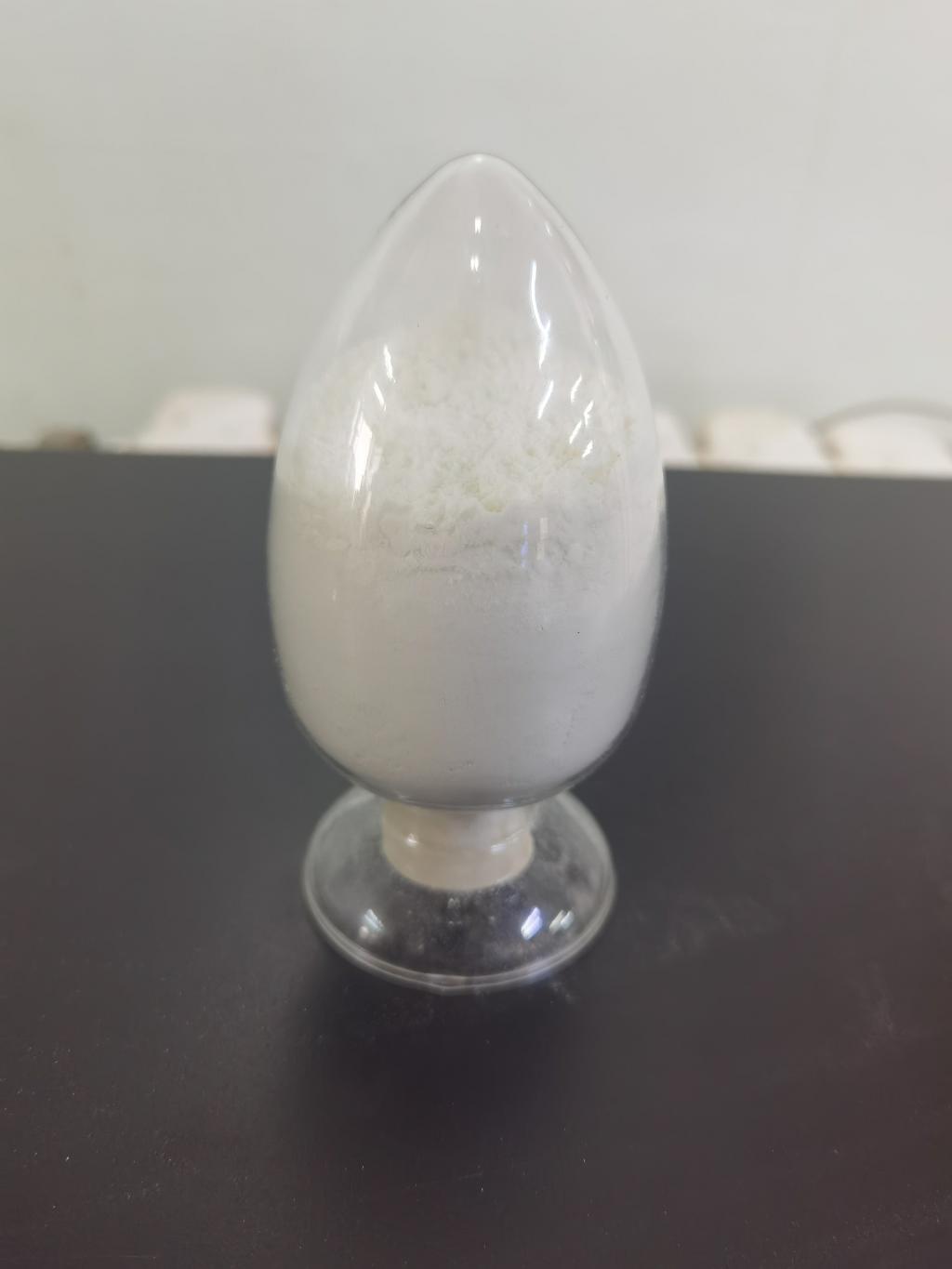Tel:+8618231198596

News
 CONTACT
CONTACT
 CONTACT
CONTACT
- Linkman:Linda Yao
- Tel: +8618231198596
- Email:linda.yao@dcpharma.cn
- Linkman:CHARLES.WANG
- Department:Overseas
- Tel: 0086 0311-85537378 0086 0311-85539701
News
Can ε-Polylysine hydrochloride inhibit the growth of biofilms?
TIME:2023-06-20
Introduction
Biofilms are communities of microorganisms that adhere to surfaces and form a protective matrix. They are highly resistant to conventional antimicrobial agents, making them a significant challenge in various industries, including healthcare, food processing, and water treatment. ε-Polylysine hydrochloride, with its antimicrobial properties, offers a potential solution for inhibiting biofilm growth and preventing associated issues.
Understanding Biofilms
Biofilms are complex structures consisting of bacteria, fungi, and other microorganisms embedded within a self-produced matrix of extracellular polymeric substances (EPS). This matrix provides protection against antimicrobial agents and enhances the resilience of the biofilm community. The formation of biofilms can lead to persistent infections, biofouling, and reduced efficacy of sanitation efforts.
Mechanisms of ε-Polylysine Hydrochloride against Biofilms
ε-Polylysine hydrochloride exhibits multiple mechanisms of action that contribute to its effectiveness against biofilms. These mechanisms include disruption of EPS matrix, inhibition of bacterial adhesion and colonization, interference with quorum sensing, and direct killing of biofilm cells. By targeting these key processes, ε-polylysine hydrochloride can inhibit biofilm formation and promote biofilm eradication.
Experimental Approaches to Assess Biofilm Inhibition
Various experimental approaches can be employed to evaluate the efficacy of ε-polylysine hydrochloride in inhibiting biofilm growth. These include quantitative assays such as crystal violet staining, viable cell counting, and confocal laser scanning microscopy for visualizing biofilm architecture and viability. These methods provide insights into the antimicrobial activity and biofilm-disrupting properties of ε-polylysine hydrochloride.
Application in Healthcare Settings
Biofilm-related infections are a significant concern in healthcare settings, including hospitals and medical devices. ε-Polylysine hydrochloride holds promise as a preventive measure against biofilm formation on medical surfaces, reducing the risk of device-associated infections. Its use in catheters, implants, wound dressings, and other medical applications can help mitigate biofilm-related complications.
Application in the Food Industry
Biofilms in the food industry can lead to product contamination, reduced shelf life, and compromised food safety. Incorporating ε-polylysine hydrochloride as a biofilm inhibitor in food processing equipment, food packaging, and storage surfaces can help prevent biofilm formation and enhance hygiene practices.
Synergistic Approaches
Combining ε-polylysine hydrochloride with other antimicrobial agents or strategies can enhance the efficacy of biofilm control. Synergistic approaches, such as combining ε-polylysine hydrochloride with enzymes, surfactants, or physical treatments, can disrupt the biofilm matrix and improve the penetration and effectiveness of antimicrobial agents.
Challenges and Future Directions
Despite the potential of ε-polylysine hydrochloride in biofilm control, several challenges exist. These include optimizing dosage and application methods, addressing potential resistance development, and considering the compatibility of ε-polylysine hydrochloride with different surfaces and materials. Further research is necessary to evaluate the long-term efficacy, safety, and practical implementation of ε-polylysine hydrochloride for biofilm inhibition in diverse settings.
Conclusion
ε-Polylysine hydrochloride holds great promise as an effective inhibitor of biofilm growth. Its multifaceted mechanisms of action and proven antimicrobial activity make it a valuable tool in combating biofilm-related issues in healthcare and the food industry. By understanding its potential, conducting further research, and exploring synergistic approaches, ε-polylysine hydrochloride can contribute to improved biofilm control strategies and the maintenance of cleaner and safer environments.
- Tel:+8618231198596
- Whatsapp:18231198596
- Chat With Skype







